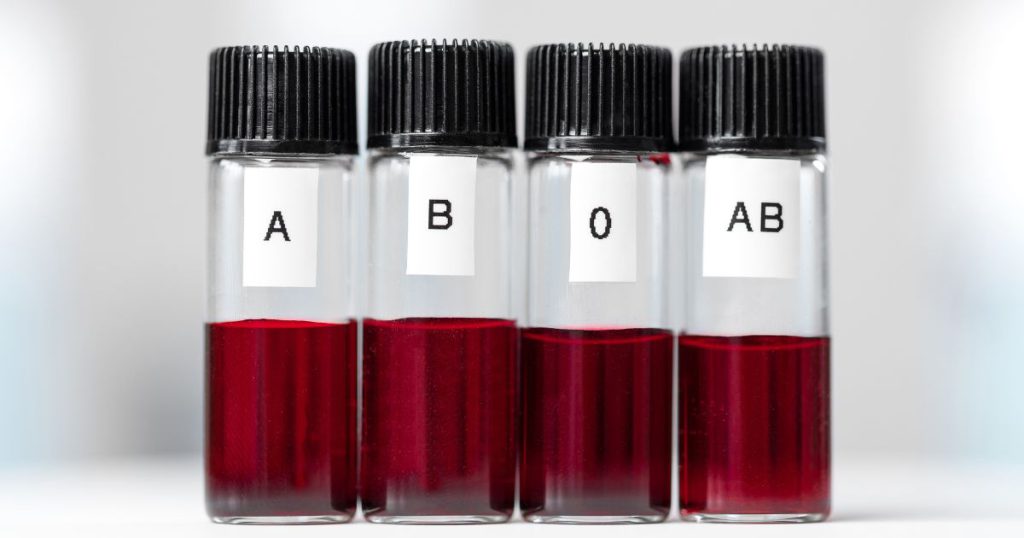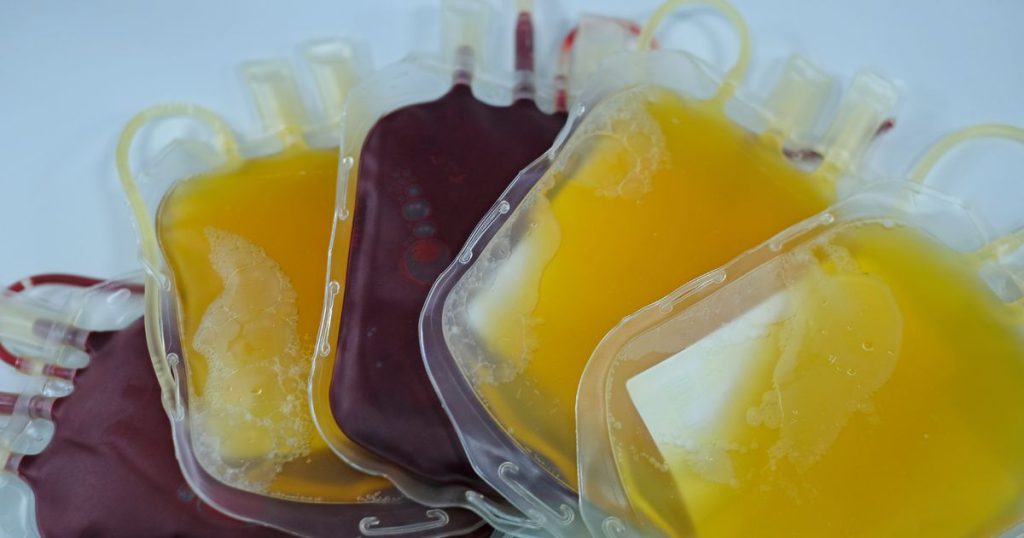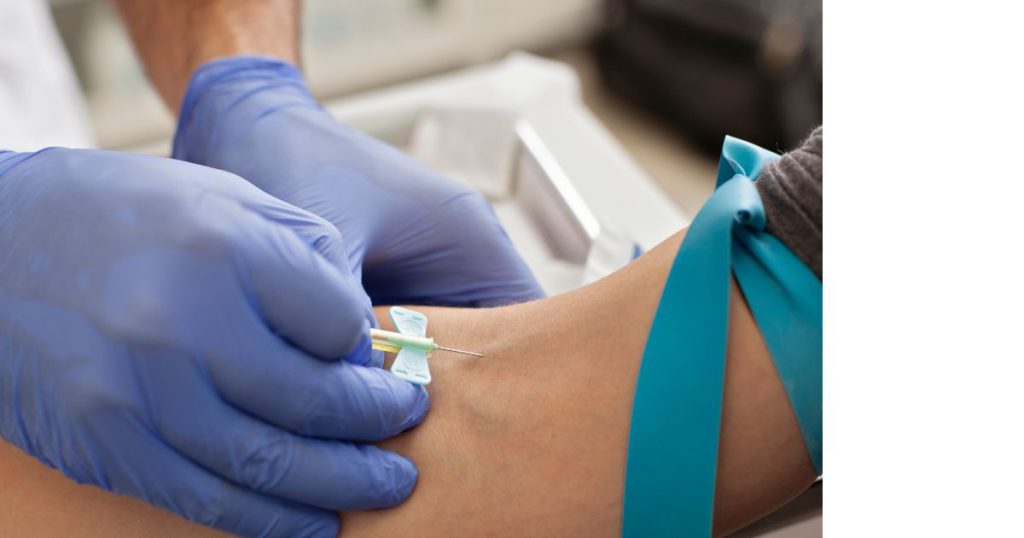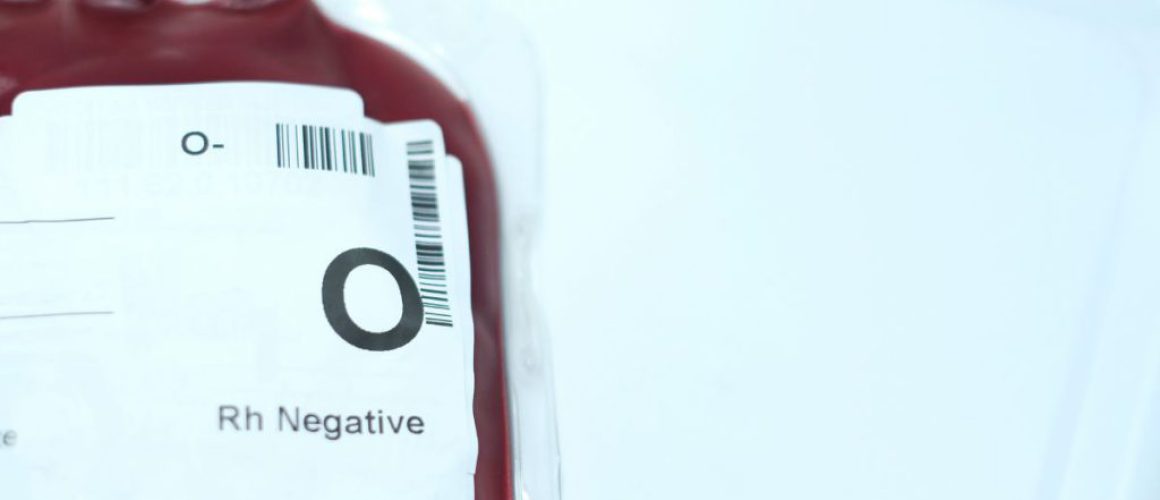Blood Types and Compatibility
Table of Contents
“Blood Types and Compatibility?” you ask. Well, it’s the fascinating science behind why you can’t just receive blood from anyone in a transfusion. Stick around as we dive into the world of ABO, Rh, and beyond, unraveling the mysteries of our life-giving fluid.
Introduction
Blood types and compatibility are like the secret handshake of the medical world. They’re the keys that unlock the door to life-saving transfusions, and the wrong combination can spell disaster. Understanding these complex systems is crucial in transfusion medicine, where the stakes are high and the margin for error is slim.
Every blood donor is a life saver.
Understanding Blood Groups
Blood groups are like the last names of our blood cells. They’re inherited from our parents and come in a variety of types, including ABO, Rh, Kidd, Kell, and MNS. Each of these groups plays a unique role in transfusion medicine, determining who can give and receive blood from whom. For instance, if you’re an A, you can’t just take blood from a B. It’s like trying to fit a square peg in a round hole—it just won’t work.
The ABO group is the most well-known of these, but the Rh group is also critical, especially when it comes to pregnancy. If a mother is Rh negative and her baby is Rh positive, it can lead to Rh disease—a potentially fatal condition for the baby. The Kidd, Kell, and MNS groups are less commonly known but are still important in certain cases. For example, the Kidd group is associated with a condition called hemolytic transfusion reaction, a serious complication that can occur after a blood transfusion. So, understanding these blood groups isn’t just a matter of academic interest—it can be a matter of life and death.
Blood Types and Compatibility
| Blood Type | Can Donate To | Can Receive From |
|---|---|---|
| A | A, AB | A, O |
| B | B, AB | B, O |
| AB | AB | A, B, AB, O |
| O | A, B, AB, O | O |

The Role of Antibodies in Blood Compatibility
Antibodies are the body’s security guards. They patrol our bloodstream, keeping an eye out for any intruders. When it comes to blood compatibility, ABO antibodies (Anti-A, Anti-B) and Anti-D antibodies are the main players. They’re like the bouncers at the door of a club, deciding who gets in and who gets kicked out. If the wrong type of blood tries to enter, these antibodies spring into action, causing a potentially dangerous reaction.
In the context of transfusion medicine, this reaction can be life-threatening. It’s like a full-scale riot inside the body, with the antibodies attacking the foreign blood cells. This can lead to a condition known as a hemolytic reaction, where the red blood cells break down, potentially leading to complications like kidney failure. That’s why understanding the role of antibodies and ensuring blood compatibility is so crucial in transfusion medicine. It’s not just about matching blood types; it’s about ensuring that the body’s security system accepts the transfused blood.
The RhD Factor
The RhD factor is like the VIP pass of the blood world. It’s a special antigen that can be present (RhD positive) or absent (RhD negative) on the surface of red blood cells. If you’re RhD negative and receive RhD positive blood, your body might start producing anti-D immunoglobulin, which can lead to complications. It’s like being given a VIP pass to a club, but the bouncer doesn’t recognize it and kicks you out.
In the context of transfusion medicine, this can have serious implications. If an RhD negative individual is exposed to RhD positive blood, their immune system may perceive the RhD antigens as foreign and launch an immune response. This response involves the production of anti-D immunoglobulin, which can lead to the destruction of the transfused red blood cells, a process known as hemolysis. This is akin to the club’s security team (the immune system) recognizing the unapproved VIP pass (RhD antigens) and removing the holder (the transfused red blood cells) from the premises. This is why ensuring Rh compatibility is a critical aspect of safe blood transfusion.
Transfusion: From Blood Provision to Administration
Transfusion is a complex process that goes beyond just matching blood types. It involves careful blood provision, administration, and management of special transfusions, reactions, and incidents. It’s like a well-choreographed dance, where every step must be executed with precision to ensure the safety of the patient. The role of the blood donor is pivotal in this process. The blood they generously provide is meticulously screened and tested before it’s administered to the recipient. This ensures that the transfusion is not only compatible but also safe, free from any pathogens that could harm the patient. It’s a testament to the incredible lengths that the medical community goes to protect patients and uphold the integrity of the transfusion process.
Haemolysis: A Critical Consideration in Transfusion
Haemolysis is the breaking down of red blood cells, and it’s a critical consideration in transfusion. It can lead to haemolytic transfusion reactions and haemolytic disease, which are as scary as they sound. It’s like a car crash in the bloodstream, and the debris can cause serious damage.
When haemolysis occurs, the red blood cells rupture and release their contents into the surrounding plasma. This can lead to a range of complications, from jaundice to kidney damage. In severe cases, it can even result in a life-threatening condition called disseminated intravascular coagulation (DIC), where small blood clots develop throughout the bloodstream, leading to organ damage. Therefore, preventing haemolysis is a top priority in transfusion medicine, and it’s achieved through careful blood typing, crossmatching, and handling of blood products.
Compatibility: The Key to Safe Transfusion
Compatibility is the golden rule of transfusion. It’s all about matching compatible red cell types and plasma types to ensure a safe and effective transfusion. It’s like finding the perfect dance partner—you need someone who can match your steps and rhythm to create a beautiful performance. But what happens if the dance partners are mismatched? The dance can quickly turn into a disaster. Similarly, in transfusion, a mismatch can lead to serious complications, including allergic reactions, hemolytic reactions, and even death. That’s why compatibility testing is a critical step before any transfusion—it’s the choreographer ensuring the dance partners are a perfect match.

The Role of Individuals in Transfusion Medicine
Transfusion medicine is not a one-size-fits-all field. Different individuals, such as normal healthy individuals, RhD negative individuals, and Group AB individuals, have different needs and considerations. It’s like tailoring a suit—you need to take precise measurements and make adjustments to ensure a perfect fit. For instance, RhD negative individuals, if exposed to RhD positive blood, can develop an immune response that can be dangerous in subsequent transfusions or pregnancies. Group AB individuals, on the other hand, are considered universal recipients for blood transfusion but must be careful when donating. Understanding these nuances is crucial in ensuring safe and effective transfusions, highlighting the importance of personalized care in this field.
Managing Reactions in Transfusion
Transfusion reactions are like the unwanted guests at a party. They can range from mild to severe, and managing them is a crucial part of transfusion medicine. This involves careful transfusion checks to prevent and manage reactions, ensuring the safety of the patient. It’s a bit like being a bouncer at a club, keeping an eye out for any troublemakers. In this case, the troublemakers are potential reactions such as allergic responses, febrile non-hemolytic reactions, or even the more serious hemolytic reactions. By keeping these reactions in check, we can ensure the transfusion process is as smooth and safe as possible, much like a well-run party.
Plasma in Transfusion Medicine
Plasma, the liquid component of blood, plays a vital role in transfusion medicine. AB plasma, being the universal plasma donor, is often in high demand. Group AB plasma, which lacks Anti-A and Anti-B antibodies, can be given to any recipient.
Plasma compatibility is crucial in transfusion outcomes. Incompatible plasma can lead to transfusion reactions, which can be life-threatening.
In addition to its role in transfusion, plasma also carries essential proteins, hormones, and nutrients throughout the body. It’s a critical component in the regulation of body functions and the maintenance of homeostasis. Understanding the importance of plasma in transfusion medicine not only helps in the effective management of blood resources but also contributes to the overall understanding of our body’s complex physiological processes.
The Importance of Red Cells in Transfusion
Red cells carry oxygen from the lungs to the rest of the body. In transfusion medicine, the compatibility of red cells is of utmost importance.
O negative red cells can be given to any recipient, making them the universal red cell donor. However, RhD positive red cells should only be given to RhD positive recipients, and RhD negative red cells should ideally only be given to RhD negative recipients.
It’s also worth noting that the availability of O negative red cells is often limited due to the rarity of this blood type. This makes the management of O negative red cell supplies a critical aspect of transfusion medicine. Hospitals and blood banks must carefully balance the need to have O negative blood available for emergencies with the need to avoid unnecessary use of this precious resource. This is yet another reason why understanding blood types and compatibility is so crucial in transfusion medicine.
Patient Management in Transfusion Medicine
Patient management is a crucial aspect of transfusion medicine. This involves patient blood management, which aims to optimize the use of blood products, and positive patient identification, which ensures that the right patient receives the right blood product. Patient management plays a significant role in ensuring blood compatibility and preventing transfusion reactions.
In addition to these, patient management also includes educating patients about the transfusion process, potential risks, and benefits. It’s about ensuring that patients are informed and comfortable with the process. This aspect of patient management is often overlooked, but it’s just as important. After all, patients who understand the process are more likely to cooperate and communicate effectively, leading to better outcomes overall.

Pretransfusion Testing: Ensuring Compatibility
Pretransfusion testing is done to ensure blood compatibility before a transfusion. This involves testing the patient’s blood for ABO and RhD type and screening for antibodies (Anti-A, Anti-B, Anti-D) that could react with the donor blood. Pretransfusion testing is a crucial step in preventing transfusion reactions and ensuring safe and effective transfusions.
Moreover, it’s not just about identifying the blood type. It’s also about checking for any unexpected antibodies that might be lurking in the patient’s blood. These antibodies, often a result of previous transfusions or pregnancies, can react with antigens on the donor’s red cells, leading to a transfusion reaction. Therefore, a thorough pretransfusion test is like a safety net, catching any potential issues before they can cause problems.
Conclusion
Understanding blood types and compatibility is crucial in transfusion medicine. It not only ensures safe and effective transfusions but also helps in managing transfusion reactions and optimizing patient management.
I encourage you to learn more about your own blood type and its implications for transfusion medicine. After all, you never know when this knowledge might come in handy!
For more information on transfusion medicine, check out the Transfusion Medicine category on my website.
Remember, every drop of blood counts, and every bit of knowledge helps!
If you find the captivating world of hematology as intriguing as I do, continue exploring this fascinating field. Visit my Hematology index page or the Hematology category for more in-depth articles and insights.
Other posts of interest: White blood cell types and functions and Hematological Disorders: Unlocking the Mysteries of Blood
Note: This article is intended for informational purposes only and is not a substitute for professional medical advice.
Frequently Asked Questions
What are the different blood groups?
The different blood groups include ABO (which can be A, B, AB, or O) and Rh (which can be positive or negative). There are also other less common blood groups like Kidd, Kell, and MNS.
What is the RhD factor?
The RhD factor is an antigen found on the surface of red blood cells. People can be RhD positive (if they have the antigen) or RhD negative (if they don’t have the antigen). This factor is important in blood transfusions and pregnancy, as an RhD negative person can produce antibodies against RhD positive blood.
What is transfusion?
Transfusion is the process of transferring blood or blood components from one person (the donor) to another person (the recipient). It’s used to replace lost components of the blood, such as red blood cells, plasma, or platelets.
What is haemolysis?
Haemolysis is the breakdown of red blood cells. It can occur naturally in the body, but it can also be a complication of blood transfusion if the donated blood is not compatible with the recipient’s blood.
What does compatibility mean in the context of blood transfusion?
Compatibility in blood transfusion refers to the matching of donor and recipient blood types to prevent reactions. For a transfusion to be safe, the donor and recipient blood types must be compatible.
What is pretransfusion testing?
Pretransfusion testing is done to ensure blood compatibility before a transfusion. This involves testing the patient’s blood for ABO and RhD type and screening for antibodies that could react with the donor blood.
What are the risks of incompatible blood transfusions?
Incompatible blood transfusions can lead to serious reactions, including allergic reactions, febrile non-hemolytic transfusion reactions, acute hemolytic transfusion reactions, and more. These reactions can be life-threatening in severe cases.
What is the role of antibodies in blood compatibility?
Antibodies play a crucial role in blood compatibility. If a person has antibodies against a certain blood type in their blood, they cannot receive blood of that type. For example, a person with anti-A antibodies cannot receive blood from an A or AB donor.
What are the different types of transfusion reactions?
Transfusion reactions can be broadly categorized into allergic reactions, febrile non-hemolytic transfusion reactions, acute hemolytic transfusion reactions, delayed hemolytic transfusion reactions, and transfusion-related acute lung injury (TRALI).
What is the role of individuals in transfusion medicine?
Understanding the needs of different individuals is important in transfusion medicine. For example, RhD negative individuals should ideally receive RhD negative blood, and certain groups of individuals may have specific needs or risks associated with transfusion.
Sources
Blood Groups and Compatibilities
Sean Schepers is a third-year Medical Technology student at Mahidol University with a passion for all things health and medicine. His journey into the world of medicine has led him to explore various fields. Sean's blog posts offer a unique perspective, combining his academic insights with personal experiences. When he's not studying or blogging, Sean enjoys keeping up with politics and planning his future career in medicine.
In addition to his studies, Sean serves as the chairman of the Rights, Liberties, and Welfare Committee, a role that reflects his commitment to advocacy and social justice. Beyond his academic pursuits, Sean offers tutoring services in English and Biology, further demonstrating his dedication to education and mentorship. His journey is one of continuous discovery, and he invites others to join him as he explores the dynamic and transformative world of medical technology.


